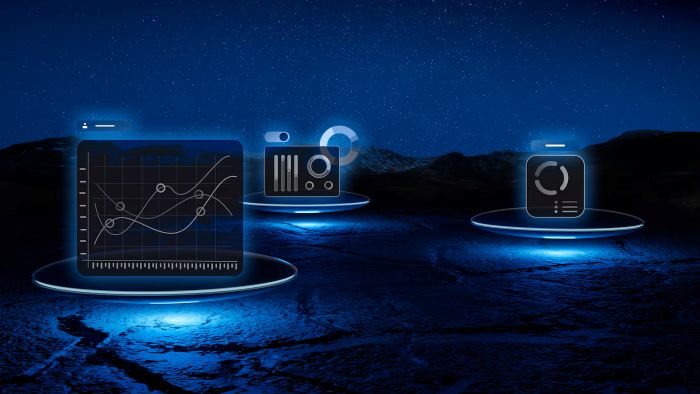Technology has always been at the forefront of financial innovation, and the world of CFD trading is no exception. CFD trading platforms have evolved significantly over the past few decades, driven by advancements in technology. These platforms have become more accessible, efficient, and user-friendly, allowing traders to speculate on the price movements of various financial instruments without actually owning them. Let’s dive into the role of technology in shaping modern CFD trading platforms and how it has transformed the way we trade indices and other assets.
The Power of Connectivity
In the past, CFD trading was limited to those with direct access to the exchange floor or to professional traders with the resources to execute trades. However, with the advent of the internet, the landscape changed dramatically. Today, anyone with an internet connection can access a CFD trading platform and trade indices and other financial instruments from the comfort of their own home. This democratization of trading has been made possible by the power of connectivity, which has broken down barriers and opened up new opportunities for retail traders.
Enhanced Trading Tools and Features
One of the most significant ways technology has impacted CFD trading platforms (In Taiwan, it is called “差價合約交易平台“) is through the development of advanced trading tools and features. Traders now have access to a wide array of tools that can help them make more informed decisions. Charting packages have become more sophisticated, offering a variety of technical indicators and drawing tools that can be customized to suit individual trading styles. Additionally, platforms often include news feeds and economic calendars to keep traders updated on market-moving events.
Automation and Algorithmic Trading
The rise of algorithmic trading has been another game-changer in the CFD trading space. Traders can now set up automated trading strategies that execute trades on their behalf based on predefined criteria. This has opened up new possibilities for both novice and experienced traders, allowing them to implement complex strategies that would have been impossible to manage manually. Moreover, it has also led to the development of copy-trading features, where traders can mirror the trades of successful traders, leveraging their expertise without the need for extensive market knowledge.
Security and Fraud Prevention
As with any financial transaction, security is paramount in CFD trading. Technology plays a crucial role in ensuring that transactions are secure and that fraud is minimized. Modern CFD trading platforms employ advanced encryption techniques and regularly update their security protocols to protect user data and funds. Additionally, they often implement two-factor authentication and other security measures to add an extra layer of protection against unauthorized access.
Regulatory Compliance and Reporting
Regulatory compliance is a critical aspect of the financial industry, and technology has streamlined the process for CFD trading platforms. Platforms must adhere to strict regulations set by financial authorities, and technology helps them automate reporting and compliance tasks. This not only ensures that platforms (In Taiwan, it is called “指數“) are operating within legal boundaries but also provides traders with peace of mind, knowing that their trades are executed in a regulated environment.
User Experience and Interface Design
A key aspect of any trading platform is its user interface. Technology has enabled the development of more intuitive and visually appealing interfaces that cater to the needs of traders. Modern CFD trading platforms are designed to be user-friendly, with clear navigation and easy access to essential features. This focus on user experience ensures that traders can quickly and efficiently execute their trades, without being overwhelmed by complex interfaces.
Mobile Trading and On-the-Go Access
The proliferation of smartphones and tablets has led to the rise of mobile trading. Technology has made it possible for traders to access their CFD trading platforms from any device, at any time. This has revolutionized the way traders interact with the markets, allowing them to monitor their positions and execute trades on the go. Mobile trading apps have become an essential tool for modern traders, providing them with the flexibility to trade indices and other assets from anywhere in the world.
The Future of Technology in CFD Trading Platforms
As technology continues to advance, we can expect even more innovation in the CFD trading space. Artificial intelligence and machine learning are set to play a significant role in the future, offering personalized trading insights and predictive analytics. Additionally, the rise of blockchain technology could potentially disrupt the way trades are settled and recorded, offering increased transparency and efficiency.
In conclusion, the role of technology in modern CFD trading platforms cannot be overstated. It has transformed the way we trade indices and other financial instruments, making it more accessible, efficient, and secure. As technology continues to evolve, we can look forward to even more advancements that will shape the future of CFD trading.

